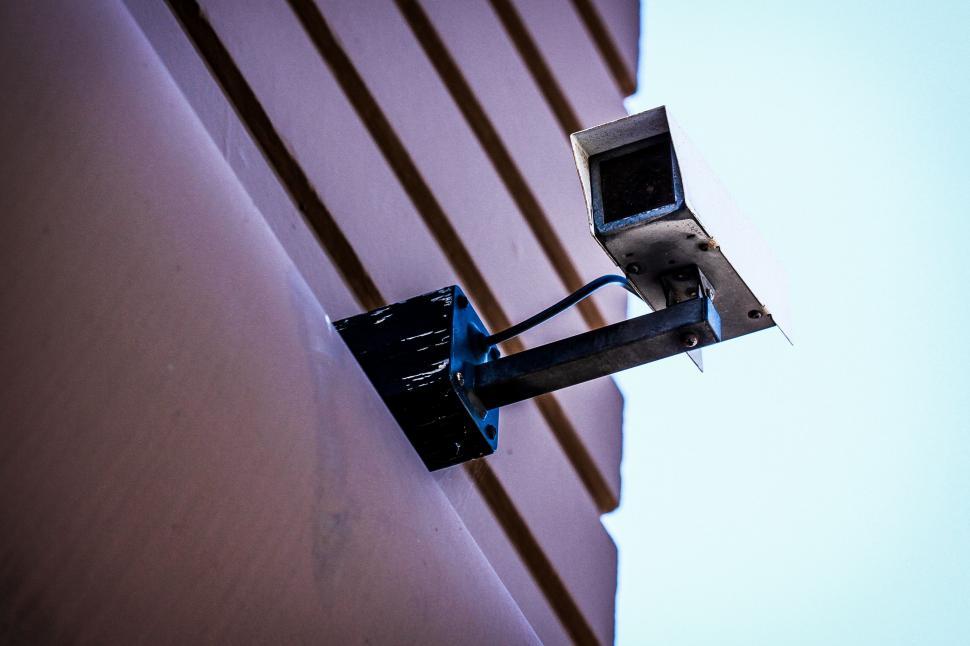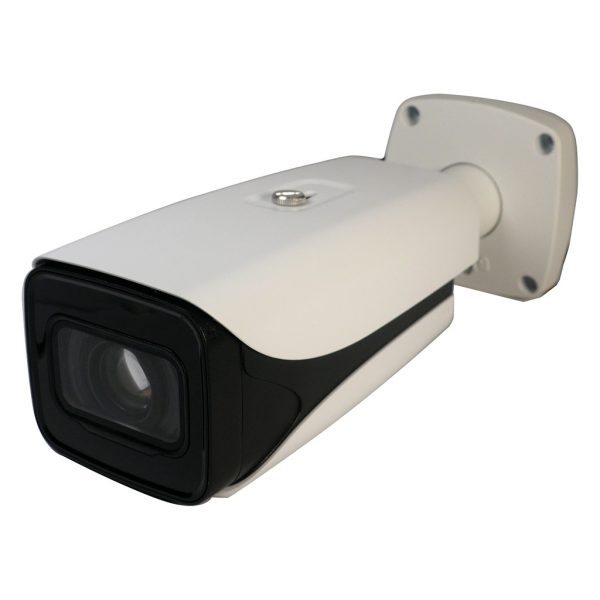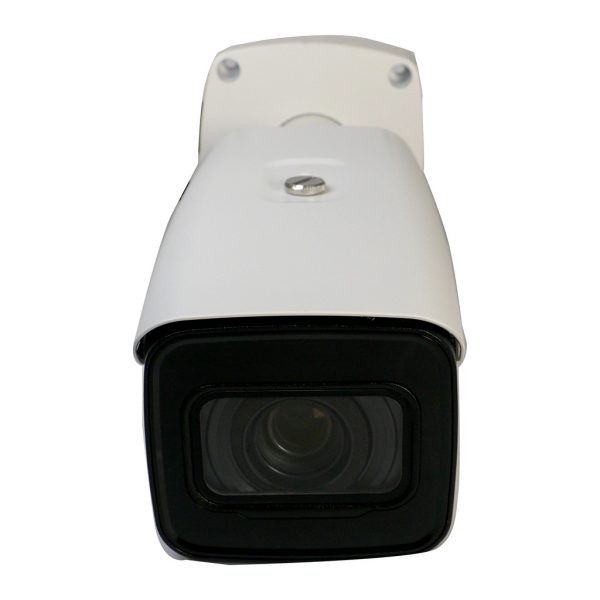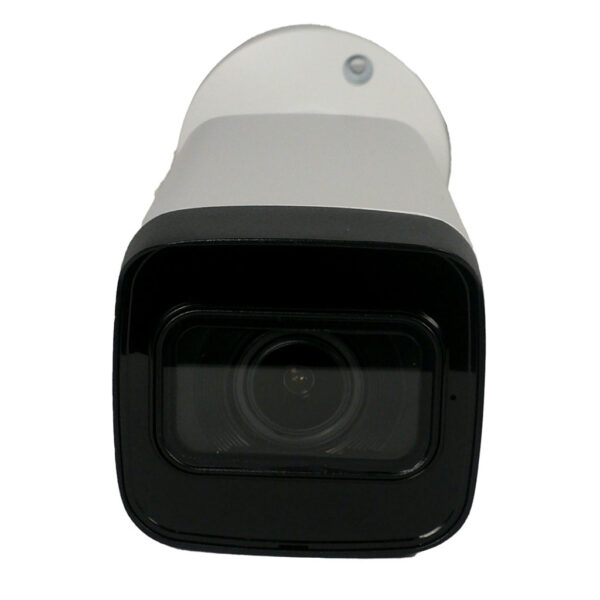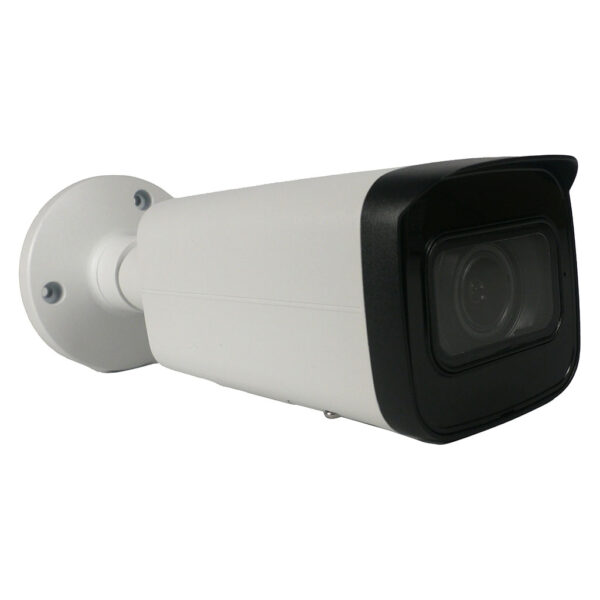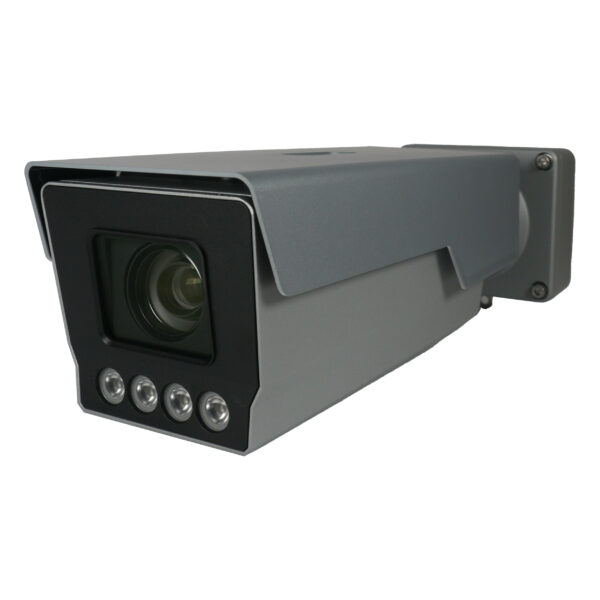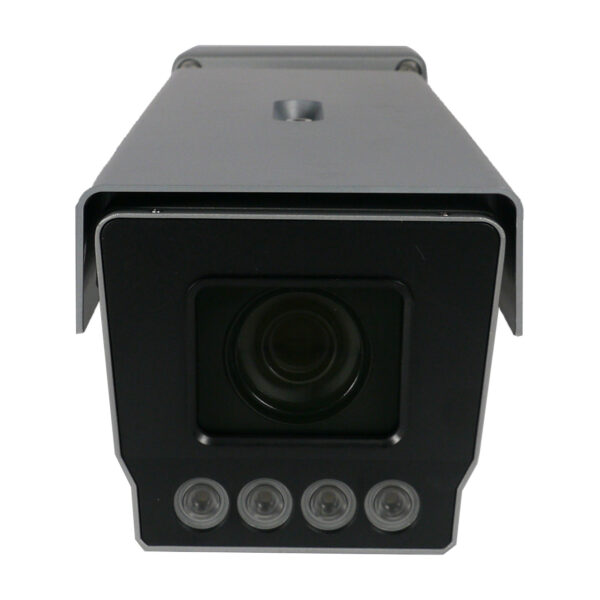Strategically placing security cameras is essential for maximizing their effectiveness in monitoring and securing your property. Here’s a comprehensive guide to help you determine the best locations for your security cameras:
Key Areas to Consider
- Entrances and Exits
- Front Door: Approximately 34% of burglars enter through the front door. Place a camera at the front door to monitor who enters and exits your home or business.
- Back Door: Around 22% of burglaries occur through the back door. Ensure you have a camera covering this entrance.
- Garage: Many people enter their homes through the garage. A camera here can help monitor access points.
- Driveway and Parking Areas
- Driveway: Place a camera to monitor the driveway and any vehicles parked there. This can help capture activity around cars and deter vandalism or theft.
- Parking Areas: For businesses, monitor parking lots to ensure the safety of customers and staff.
- Windows
- Ground-Floor Windows: Burglars often enter through ground-floor windows. Position cameras to cover these vulnerable points.
- Hidden Windows: If you have windows that are not easily visible from the street, place cameras here as well.
- Main Hallways and Stairways
- Hallways: Inside, place cameras in main hallways to monitor movement throughout the house.
- Stairways: Monitor stairways to capture footage of anyone moving between floors.
- Common Areas
- Living Rooms and Kitchens: These areas are often the center of activity in a home and can provide valuable footage in case of an incident.
- Employee Break Rooms and Retail Spaces: For businesses, monitor common areas where customers and employees gather.
- Exterior Perimeter
- Yard and Property Perimeter: Place cameras around the exterior of your property to cover the yard and perimeter. This can help detect intruders before they reach the building.
- Alleyways and Side Entrances: Ensure any side entrances or less-traveled paths are monitored.
- Additional Considerations
- Blind Spots: Identify and cover any blind spots that might be hidden from other cameras.
- Elevation: Mount cameras high enough to avoid tampering but low enough to capture clear images.
- Lighting: Ensure cameras are placed in well-lit areas or have night vision capabilities for low-light conditions.
- Weather Protection: For outdoor cameras, choose weatherproof models and install them in sheltered locations to protect them from the elements.
Related Products
ELITE 2MP IP Motorized Lens Long Range Bullet W/External Mic Audio & EPoE
Specifications
- Lens: 5~60mm Motorized Lens
- Max Resolution: 2MP
- IR Distance: 656 FT
- Impact Protection: IK10
- Audio: Audio Capable With External Mic
- SD Card Compatible: Yes
- Perimeter Protection: Yes
- Object Detection: Yes
- Face Detection: Yes
- Face Recognition: No
- Smart Motion Detection: No
- LPR: No
Save 20%
ELITE 4MP IP Motorized Varifocal Bullet W/built Mic & SD Card Slot
Specifications
- Lens: 2.7 mm–13.5 mm Motorized Varifocal Lens
- Max Resolution: 4MP
- IR Distance: 196 feet
- Audio: Built In Mic
- SD Card Compatible: Yes
- Perimeter Protection: Yes
- Object Detection: No
- Face Detection: No
- Face Recognition: No
- Smart Motion Detection: Yes
- LPR: No
Frequently Asked Questions (FAQ)
1. Where should I place security cameras to maximize coverage?
- Place cameras at entrances and exits, driveways, parking areas, ground-floor windows, hallways, stairways, common areas, and the exterior perimeter.
2. How high should I mount security cameras?
- Mount cameras high enough to avoid tampering (typically 8-10 feet) but low enough to capture clear images.
3. Should I have cameras inside my home?
- Yes, consider placing cameras in main hallways, stairways, and common areas for comprehensive indoor monitoring.
4. How can I ensure my outdoor cameras are protected from the elements?
- Use weatherproof cameras and install them in sheltered locations to protect them from rain, snow, and extreme temperatures.
5. What features should I look for in security cameras for different areas?
- Look for cameras with high resolution, night vision, motion detection, and wide-angle lenses to ensure comprehensive coverage.

